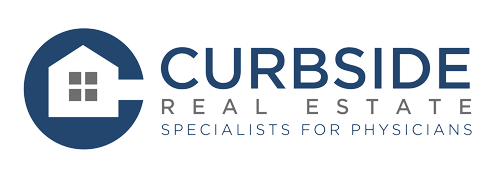Weather-wise Home Buying: Identifying Weather Damages Across Different US Regions

In recent years, the United States has seen a significant rise in extreme weather conditions. When considering a move to a new area, understanding the potential weather-related risks associated with that region and knowing what to look for when searching for homes is important for making an informed decision. From hurricanes along the Gulf Coast to blizzards in the Northeast, each region faces its own set of weather challenges that can impact the condition and safety of a home.
Here’s an overview guide on the kinds of weather damages to look for when buying a home in various US regions:
Northeast
Snow and Ice Damage: Heavy snowfall and ice accumulation can lead to roof damage, ice dams, and structural issues if not properly addressed.
Freezing Temperatures: Homes in the Northeast should be equipped with proper insulation and heating systems to prevent frozen pipes, which can burst and cause water damage.
Southeast
Hurricanes and Tropical Storms: Coastal areas in the Southeast are prone to hurricanes and tropical storms, which can cause extensive wind and water damage to homes.
Flooding: Low-lying areas are at risk of flooding during heavy rainfall and storm surges. It’s essential to check flood zone maps and consider purchasing flood insurance.
Midwest
Tornadoes: Tornadoes are a common occurrence in the Midwest, posing a threat to homes in the region. Look for signs of wind damage, such as missing shingles, damaged siding, and fallen trees.
Hailstorms: Severe hailstorms can cause roof damage, broken windows, and dented siding. Inspect the exterior of the home for signs of hail damage before making a purchase.
Southwest
Extreme Heat: High temperatures in the Southwest can take a toll on roofing materials, exterior paint, and landscaping. Ensure that the home has adequate cooling systems and is properly insulated.
Wildfires: Homes in wildfire-prone areas should have fire-resistant building materials and defensible space around the property to reduce the risk of fire damage.
Northwest
Heavy Rainfall: The Northwest experiences heavy rainfall, which can lead to water intrusion, basement flooding, and mold growth. Check for signs of water damage and ensure proper drainage around the property.
Earthquakes: While less frequent than other regions, earthquakes can still occur in the Northwest. Look for structural vulnerabilities and consider retrofitting measures for added safety.
West Coast
Wildfires: Like the Southwest, the West Coast is susceptible to wildfires, especially in areas with dry vegetation. Evaluate the home’s proximity to fire-prone areas and assess fire safety measures.
Earthquakes: The West Coast is situated along major fault lines, making it prone to earthquakes. Consider the seismic resilience of the home and inquire about retrofitting options.
Conclusion
Regardless of the region, conducting a thorough inspection of a home’s exterior and interior is essential when considering weather-related risks. Consulting with local experts, such as home inspectors, insurance agents, and weather professionals, can provide valuable insights into potential hazards and mitigation strategies. Curbside Real Estate can connect you with real estate experts across the country who are familiar with the cities and towns you may be considering. By being proactive and knowledgeable, you can make informed home buying decisions that will weather any storm.
This blog post is for informational purposes only and is not intended as financial or real estate advice. Consult with a professional advisor before making any significant financial decisions.
